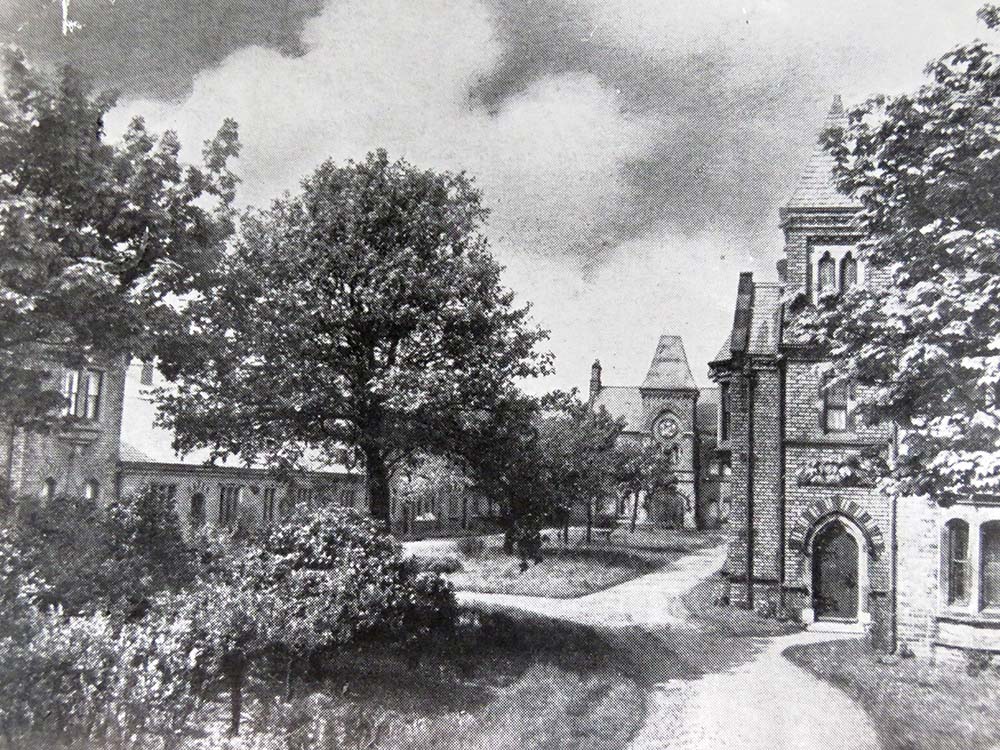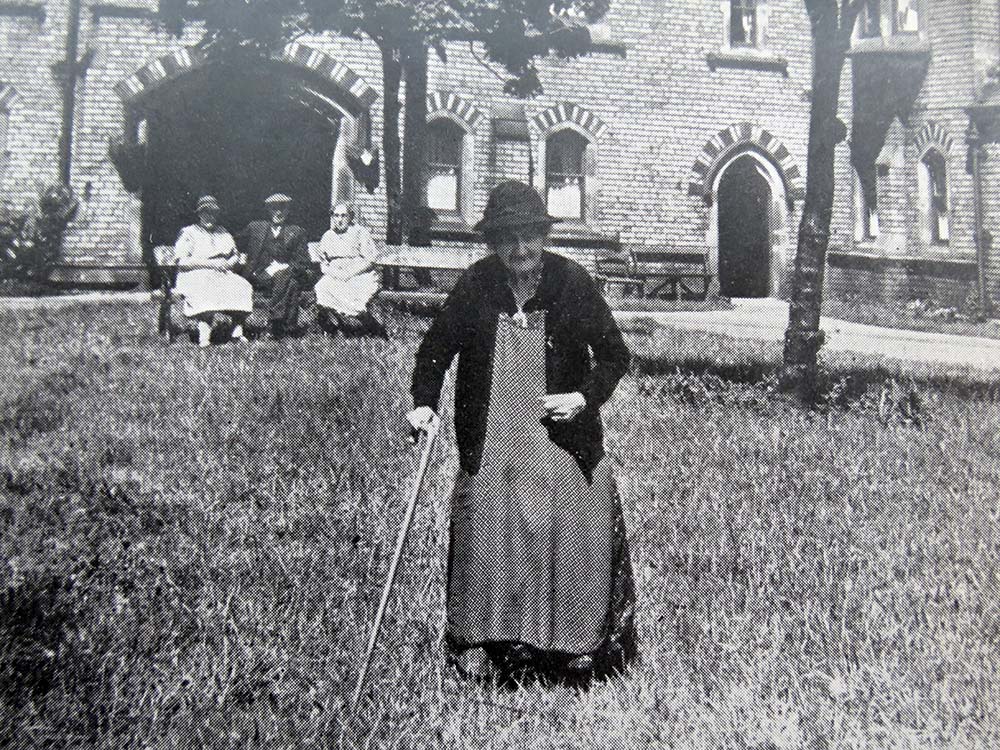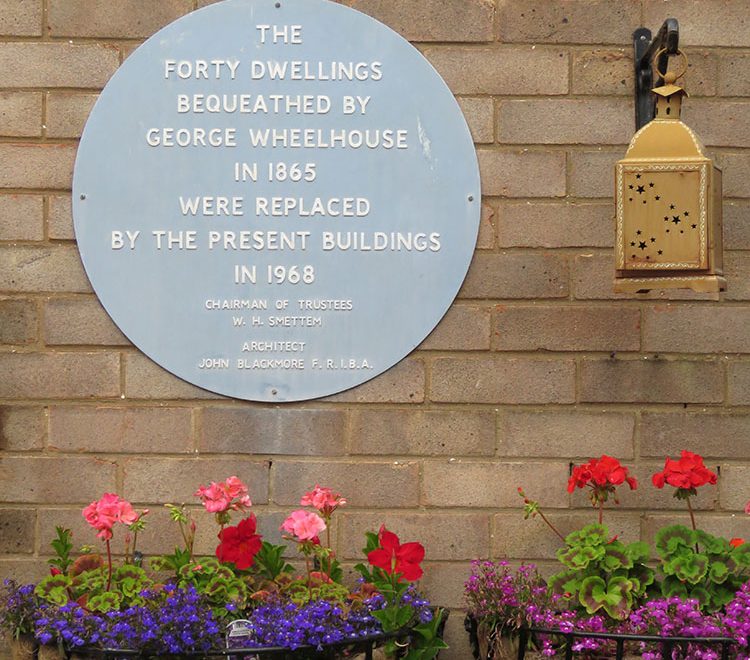George Wheelhouse was born in Scarborough on 22 Aug 1772 to John Wheelhouse and Ann Graham.
Little is known of his early life but by 1814 he was a distiller, presumably of gin, living in Deptford in Kent.
On 12 August 1863 at the age of 90 George made a new will and codicil with numerous charitable bequests (11 alone to hospitals in the London area) including a bequest of £2,500 to build 40 free dwellings in Scarborough. There were also a number of other bequests to named beneficiaries including £18,000 divided between his 5 executors. In addition to these bequests he left his freehold property in Deptford to one of his executors and the remainder of his estate (value unknown) to his executors to expend within 3 years of his death in such manner and for such purposes as they or a majority of them at their absolute discretion agreed upon.
George Wheelhouse died on 28 April 1864 at his home at Deptford Bridge at the age of 90. On 5 July his five executors met and with the exception of one Revd Flesher voted to divide the residue of the estate amongst themselves. This was in addition to the bequests to which they were entitled under the terms of the will.
The apparent greed of the executors prompted George’s only surviving relative a cousin Elizabeth Buckle to commence proceedings in the Chancery Division of the High Court of Justice.
The case came before Vice Chancellor Sir William Page Wood on Saturday 5 November 1864. Sir William was unimpressed by the behaviour of the executors pointing out that if George had intended that the executors should take the residue of his estate personally he would have made such provision in his will or codicil. In the circumstance Sir William concluded that George clearly contemplated that the remainder of his estate should be expended in some other way than for the benefit of his executors. The Vice Chancellor set aside the payment of the remainder of the estate to the executors and ordered the appointment of a receiver to administer the estate in place of the executors.
But this was not the end of the legal problems in giving effect to George Wheelhouse’s testamentary wishes. The receiver appointed by the Vice Chancellor determined that most of the charitable bequests made in the will and codicil were likely to be void under the Statute of Mortmain which would result in the entire estate passing instead to Elizabeth Buckle.
Fortunately the receiver was able to reach an agreement with Mrs Buckle and her husband whereby in return for they and their son James receiving the sum of £30,000 they would agree to the making of all the charitable bequests under the will and codicil including the £2,500 for the 40 free dwellings in Scarborough.

The Wheelhouse Square Flats almshouse charity was originally formed as The Almshouse Charity of George Wheelhouse in a declaration of trust dated 6 January, 1865 made by the receiver and James Buckle.
In the event the £2,500 was insufficient to meet the cost of purchasing the land and building 40 free dwellings in Scarborough and the balance of the cost was raised in Scarborough by voluntary contributions.


